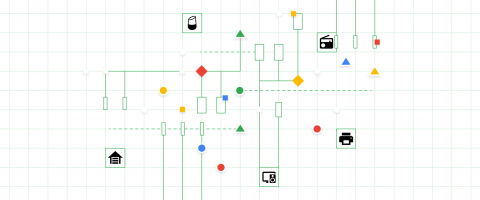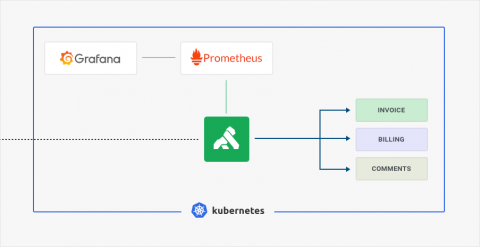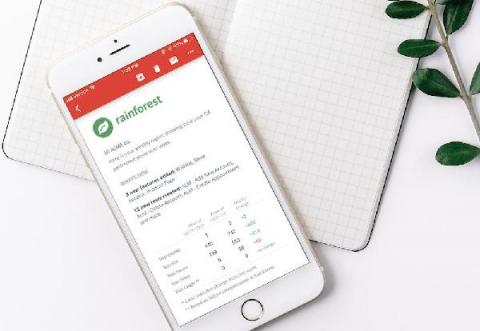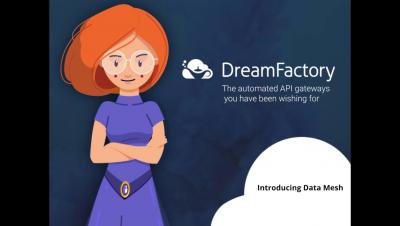AI in depth: monitoring home appliances from power readings with ML
As the popularity of home automation and the cost of electricity grow around the world, energy conservation has become a higher priority for many consumers. With a number of smart meter devices available for your home, you can now measure and record overall household power draw, and then with the output of a machine learning model, accurately predict individual appliance behavior simply by analyzing meter data.










